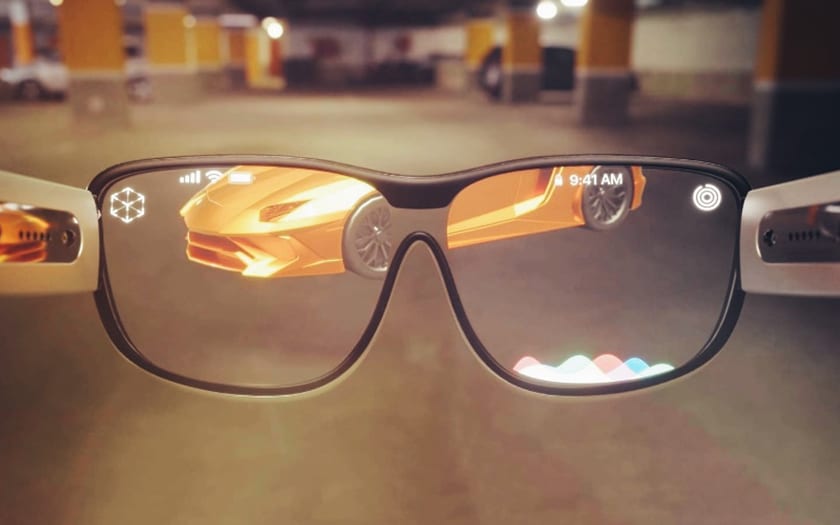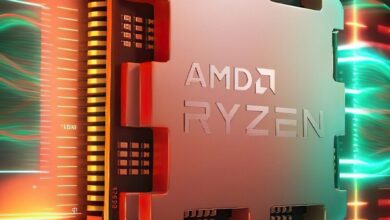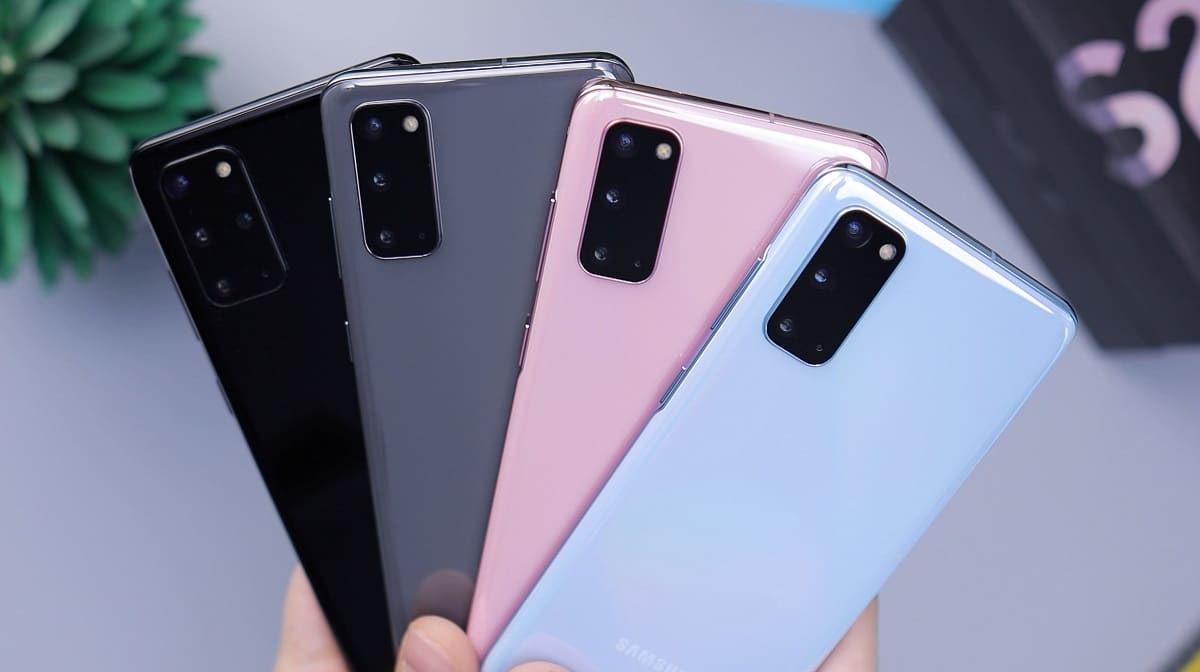
The Apple Glass are becoming clearer. According to a leak, the headset for virtual and augmented reality would be 100% autonomous. There will be no need to plug it into a station to make it work. We take stock of the latest information that has appeared online.
The Apple Glass project continues to be talked about. According to information gleaned by The Information, Apple would have finally opted for a mixed reality headset (combining virtual and augmented reality) fully autonomous. The decision would have been taken as early as 2019. The engineers had already been working on the project for 3 years.
According to the outlet, Apple engineers have developed two helmet prototypes this year. A very powerful version of Apple Glass has been developed. To work, the accessory had to be connected to a station.
The Apple Glass helmet will work without a station, it is confirmed
This station was responsible for provide more computing power to the AR/VR headset to display content on its screens. The station was obviously powered by an earlier version of the M1 Ultra SoC, which finally made its way to the Mac Studio last March. According to previous rumors, Apple has also imagined the possibility of connecting the headphones to the iPhone to take advantage of extra power.
Mike Rockwell, head of virtual and augmented reality at Apple, strongly enthusiastic for this version, “according to two people familiar with the demos”. The executive was won over by the proposed graphics and by the “photorealistic avatars”.
Engineers have also developed a 100% standalone version of the AR headset. Less swift, this prototype worked without needing to be plugged into a station or at any terminal. De facto, the computing power offered by the accessory was less. The avatars displayed on the screens looked more like “cartoon characters”.
Despite Mike Rockwell’s protests, Apple executives opted for the stationless standalone version. Jony Ive, the brand’s former head of design, and CEO Tim Cook are notably behind the decision. This approach forced Apple to delay the launch for several years. The Californian firm absolutely wanted to combine the autonomous approach with high-flying graphics.
As a reminder, the launch of Apple Glass is imminent. Apple reportedly recently presented the AR headset to its board of directors ahead of the official presentation. It is rumored that the project will make a notable appearance at WWDC in June 2022 before hitting stores in January 2023.
Source : The Information



